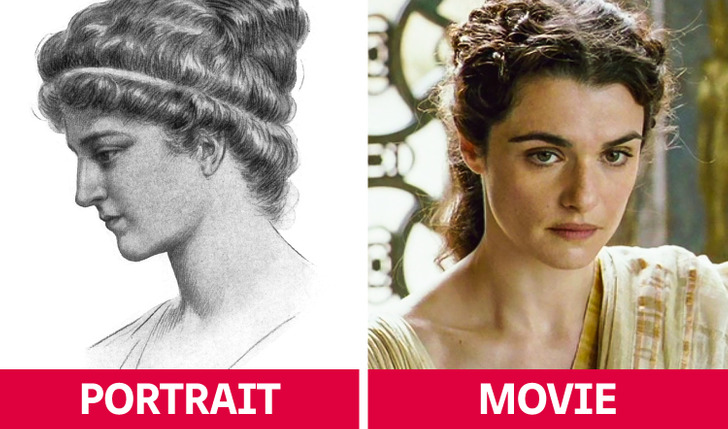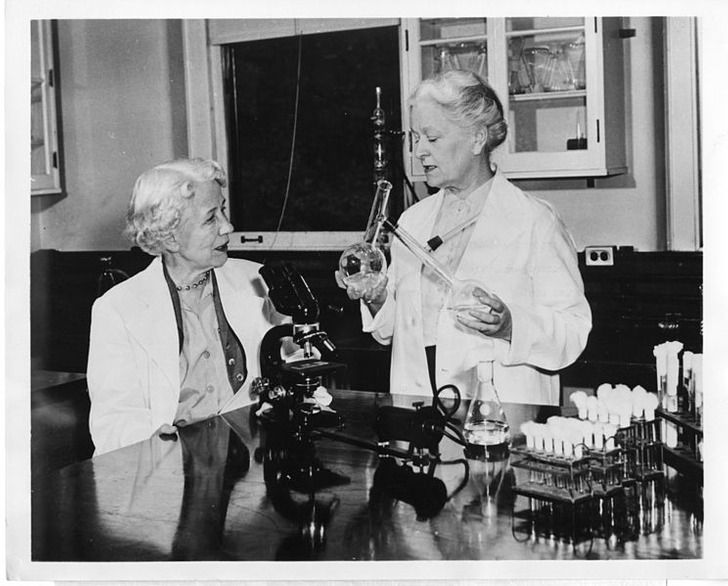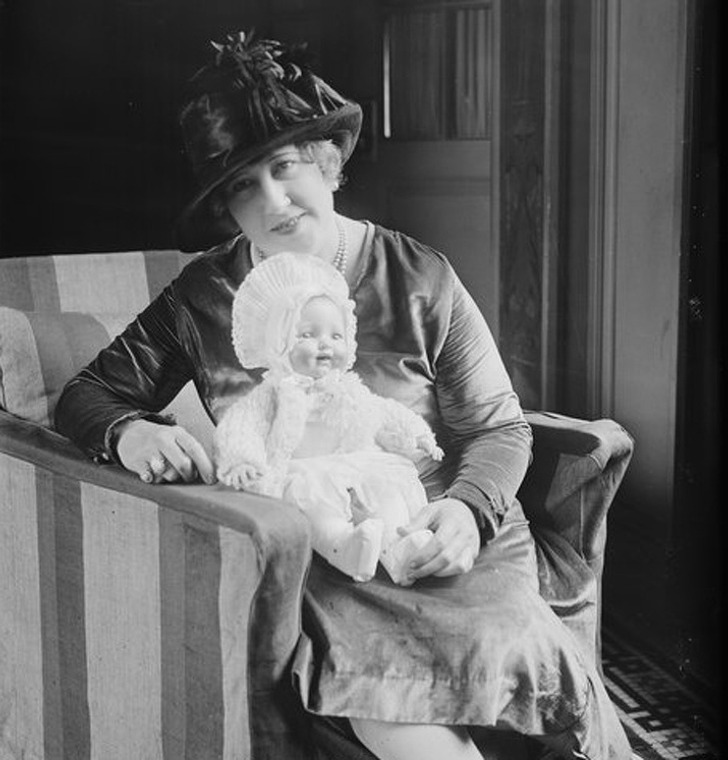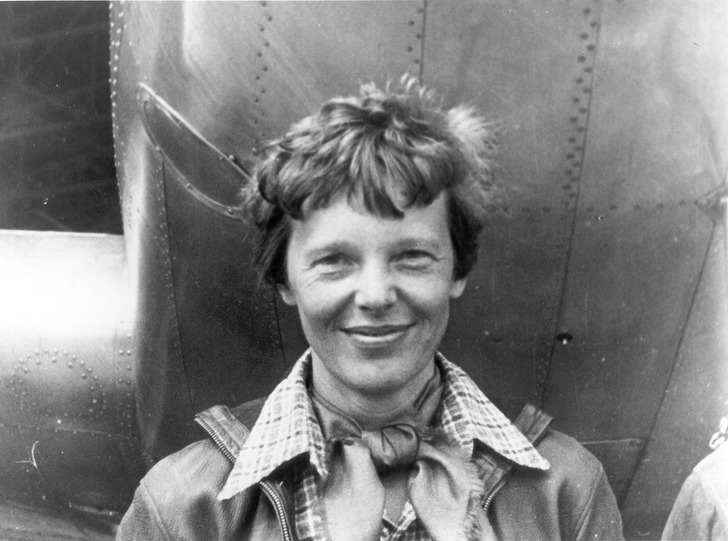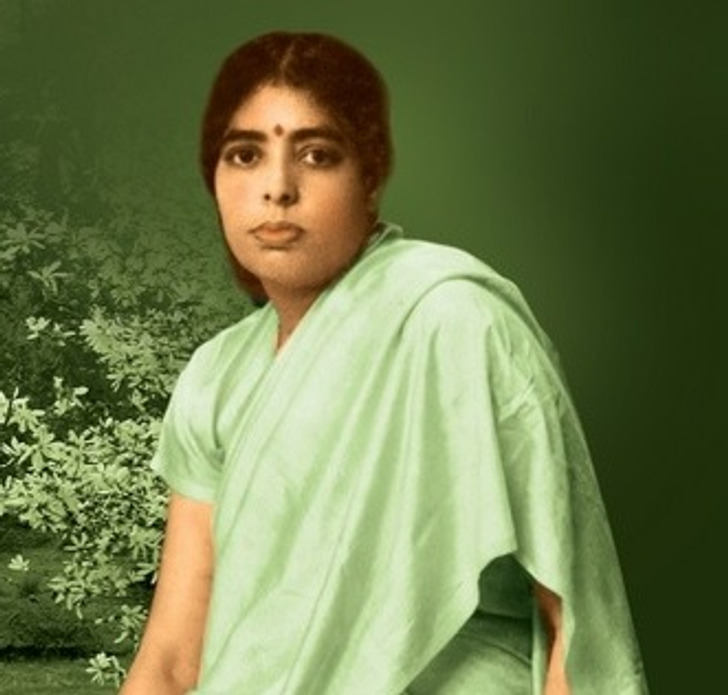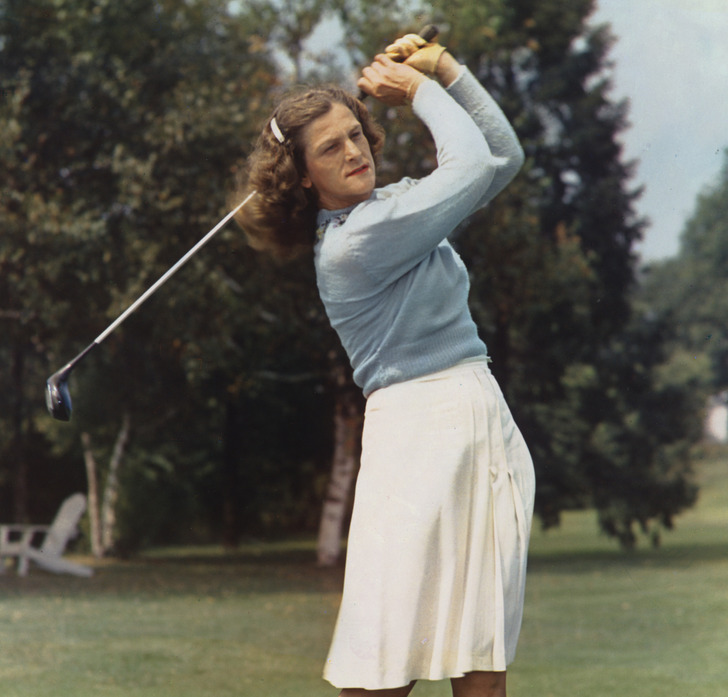14 Women Who Changed Our World and Made History Despite the Twists of Fate
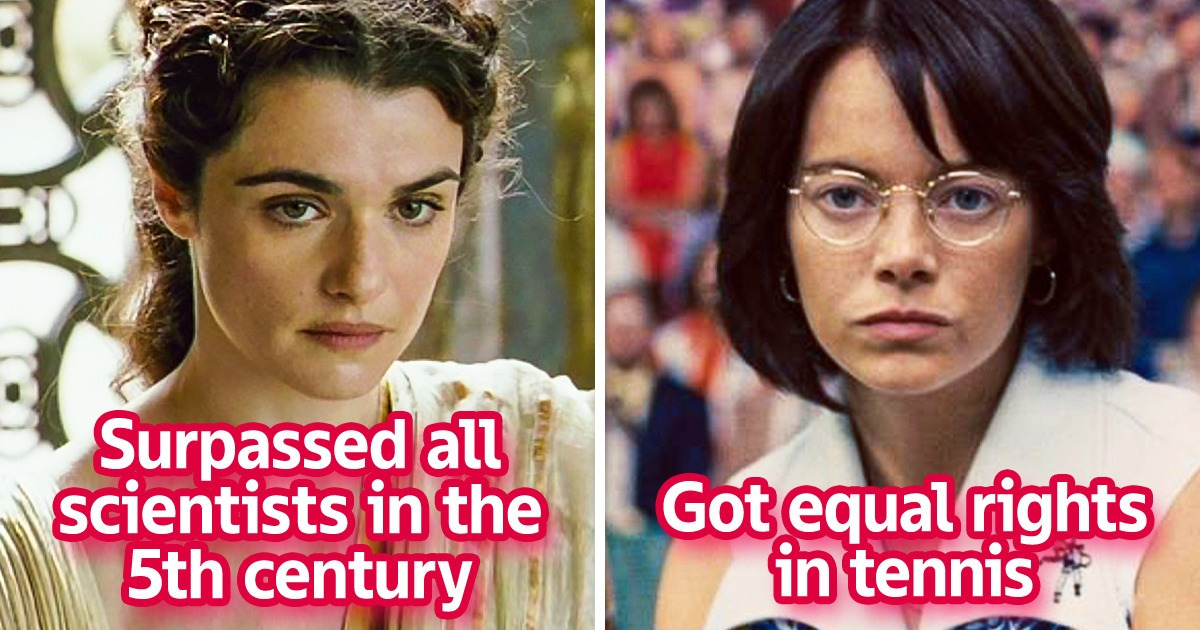
Today, most people are not surprised by women doing scientific studies, writing books, sewing clothes, working until they are old, creating software, and setting sports records. But it hasn’t always been like this, and many women that are famous today had to walk a difficult path before they became famous worldwide.
We at CHEERY have decided to remember the stories of several great women that not many people know about.
Hypatia
Hypatia was born into a mathematician’s family and inherited his talents. She’s famous for being incredibly smart, and when she became an adult, she taught rich young men geometry, algebra, and astronomy and gave lectures to powerful people.
Hypatia did science and surpassed all scientists in the 5th century due to her achievements in math and philosophy, which was infuriating for some men and made others respect her. But unfortunately, due to how influential and smart she was, she had a lot of enemies who put an end to her life.
Ada Lovelace
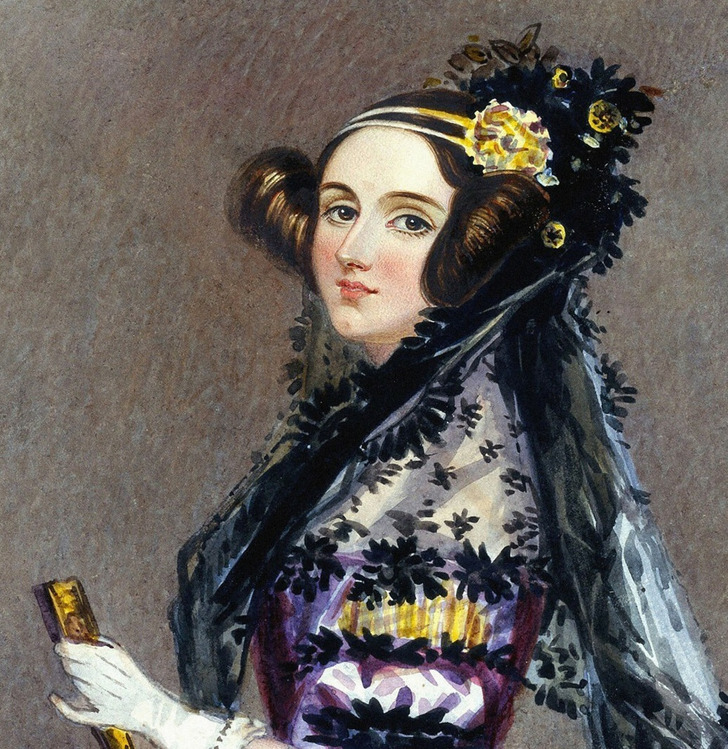
Ada is the daughter of poet Lord Byron. But the girl didn’t follow in her dad’s footsteps and studied science and math. She thought that new technology was the most interesting.
When she grew up, she met Charles Babbage, and this was a pivotal moment. They worked on an analytical machine together, and Ada came up with a way to program it and described the algorithm. In other words, she created the first “computer program.”
Elizabeth Blackwell
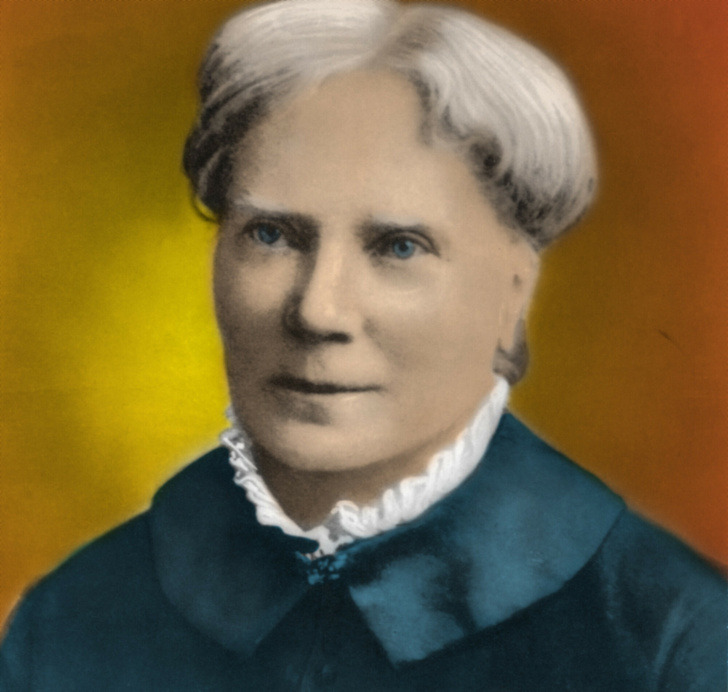
Elizabeth is the first woman in the United States who got a medical degree. When she was 20 years old, she wanted to become a doctor because her friend had a serious illness, and she was too shy to ask male doctors for help. It was difficult for her to start studying since it was considered a male profession, so she got a lot of rejections. But she succeeded.
She kept following her dream and managed to get the respect of her male colleagues. Elizabeth wrote a dissertation and started working in obstetrics. During one of the procedures, she got infected, lost vision in one of her eyes, and had to stop doing surgeries. At the end of the 1860s, Blackwell opened a medical school for women and released several books, opening a path to medicine for other girls.
Juliette Gordon Low
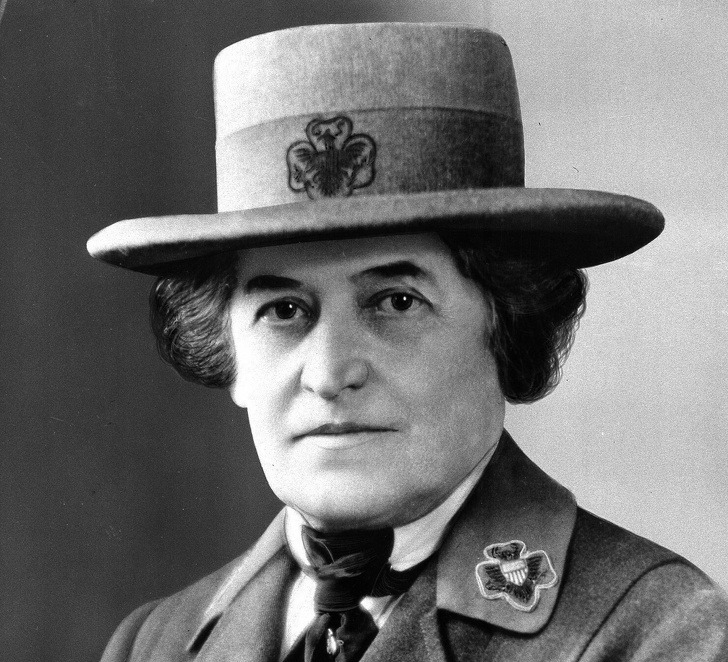
Daisy, as her acquaintances called her, was born into a rich family, and had a good education. At the age of 26, she married a rich man, Willie Low, but the marriage was short and unhappy. Due to his love affairs, they decided to get divorced, but the husband got ill and passed away. And his giant inheritance went to a different woman.
After the divorce, Low started to look for herself in the scout movement. So she decided to create such an organization in the US for girls. Her goal was to teach girls gardening, nursing, sewing, and other household responsibilities. Juliette wanted girls to develop in many ways, such as learning the Morse code, being able to give first aid, cooking, and even making knots.
Rachael Brown and Elizabeth Hazen
Rachael Brown and Elizabeth Hazen worked together, even though they were in different cities. In cooperation, they created a non-toxic antifungal drug, nystatin. In 1950, at a meeting of the National Academy of Sciences, they presented the drug and patented it later. It did not only help people’s health but it also prevented the growth of fungi on pieces of art in Italy that had been affected by a flood.
Beulah Louise Henry
Beulah is a self-taught inventor who got several dozens of patents and had over a hundred inventions. What’s interesting is that she didn’t have a technical education, and it was difficult for her to explain to other people what they needed to do. The woman spent her entire life in hotels and judging by the information we have, she was never married.
Among the most famous of her inventions are a vacuum ice cream freezer, an umbrella with a set of different-colored snap-on cloth covers, the first bobbinless sewing machine, a copier, and many other things.
Amelia Earhart
When she was really young, Amelia Earhart was a nurse and even entered the medical faculty. But she was always interested in watching pilots train. And in 1920, she made her first flight and fell in love with planes. This brave girl proved that a woman can do whatever she wants.
She became a licensed pilot, bought her first plane, and set a few new records. For example, she crossed the Atlantic alone in 15 hours, became the first woman to cross the American continent without stops, and flew from Hawaii to the States.
Janaki Ammal
Janaki is considered the first female botanist in India. Ammal spent most of her life studying plants and creating hybrids. Her studies shed light on the evolution of some species of plants.
Ammal’s work in creating hybrids of sugar cane gave us the sugar we use today. The woman was the co-author of “The Chromosome Atlas of Cultivated Plants” which is still incredibly important for scientists in this field.
Claire McCardell
Claire McCardell is someone who made female clothes not only attractive but comfortable. She was interested in sewing even when she was a child, so when she was 18, she went to New York and entered the school of design. But before her breakthrough, she used to decorate lampshades with roses, worked as a model, and was in the sewing industry. In 1930, she became an assistant to a designer and started moving toward her dream.
Eight years later, she designed her first dress, which became a big hit. It looked like a gown but with a belt, so any woman could highlight her body. McCardell’s secret was that her clothes were very simple and looked good on anyone. On top of that, she used fabrics that other designers thought were too simple, like denim, coarse calico, and woolen knitwear. Such things became the base of the wardrobe of ordinary women — students, working women, and housewives.
Hazel Bishop
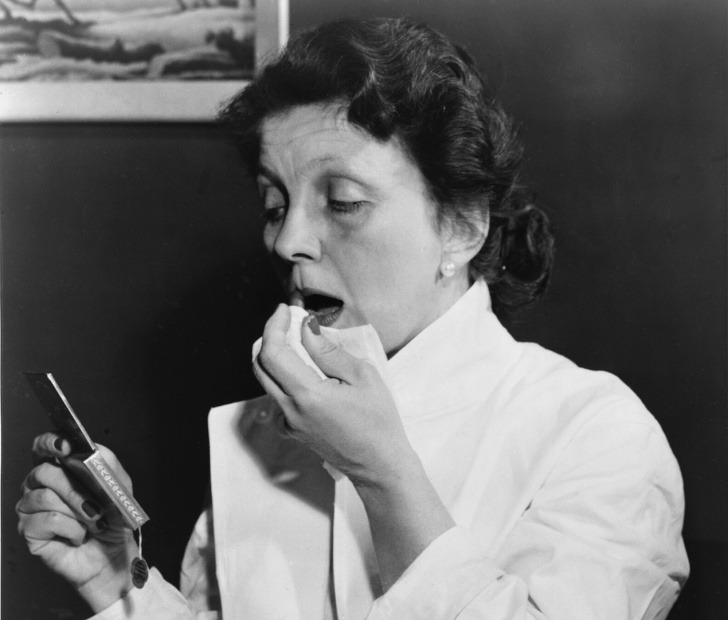
Hazel was born into a family of businessmen and her mother always told her that she needed to do her own things, even if it meant selling peanuts. She was good at chemistry and started working in this field. In her free time, she was busy with cosmetics and experimented with ingredients.
At first, she made a formula for an acne cream and sold it. Later, she designed what made her incredibly successful — the first long-lasting lipstick. But she needed to promote it, so she agreed with a company to give them part of her income. So the lipstick was a hit, but the collaboration became problematic and she had to sue the company to win her creation back. However, it didn’t turn out to be very successful.
Babe Didrikson
Babe is one of the greatest emblems in women’s golf. By the age of 21, after taking part in the Olympics, she was the only woman who had won individual medals for running, throwing, and jumping. But it was just the beginning, and she got interested in golf. She was heavily criticized because it was considered a male sport. But she practiced hard and she would sometimes hit as many as 1,500 balls a day.
This persistence made her the winner of 82 tournaments, 14 of which were back-to-back, and it was the longest series of wins in the history of the sport. Babe was named the Associated Press Female Athlete of the Year six times. The AP also called her the greatest female athlete of the 20th century.
Billie Jean King
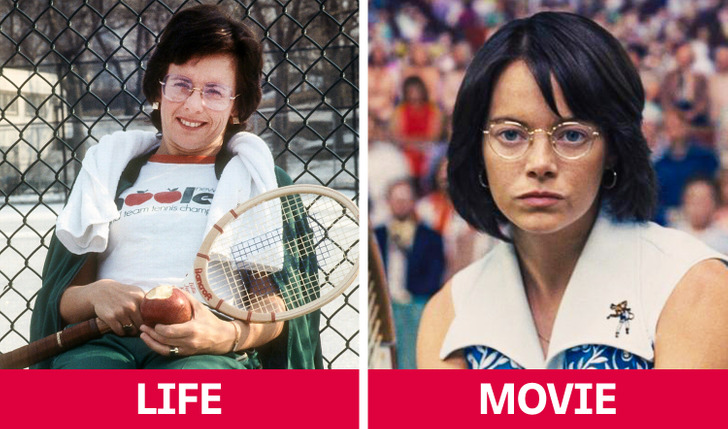
Billie Jean opened the door for all women into the world of tennis. Today she is in the top 10 of the greatest champions in Wimbledon history. Billie founded the Women’s Tennis Association in 1973 and basically got equal rights for men and women in tennis in terms of money.
It all started in 1973 when Billie challenged Bobby Riggs, the best tennis player at the time, and defeated him, putting an end to the talks that women don’t belong in tennis.
Jean Purdy
Jean Purdy was and is one of the most important women in the history of IVF. It started in 1968 when she was a lab assistant, but she then started managing a lab and did a big scientific study that was the beginning of IVF. She was watching the embryo and was the first person to describe the formation of the human blastocyst — a structure formed in the early development of mammals.
What other women would you add to this list?
